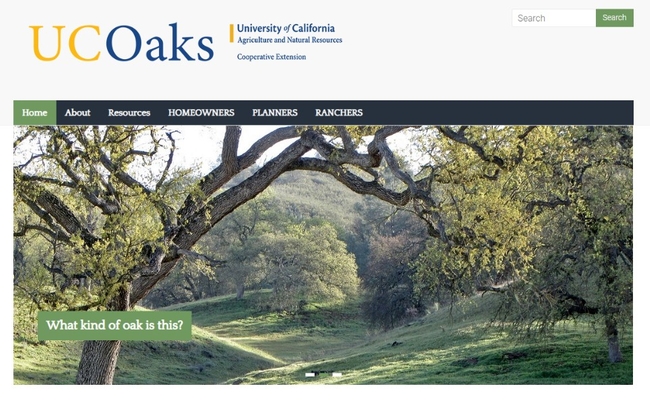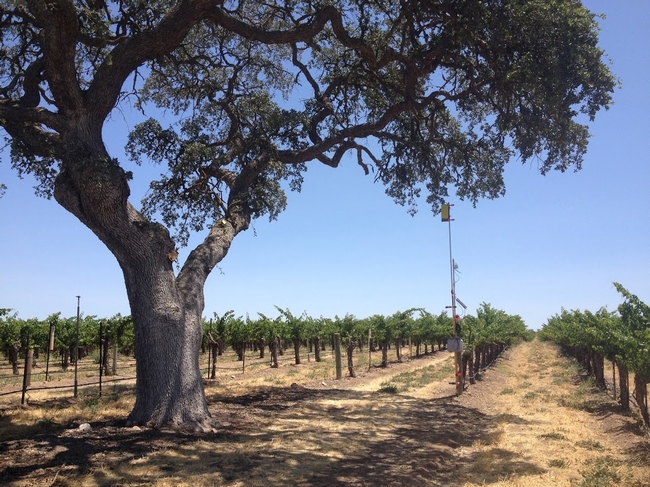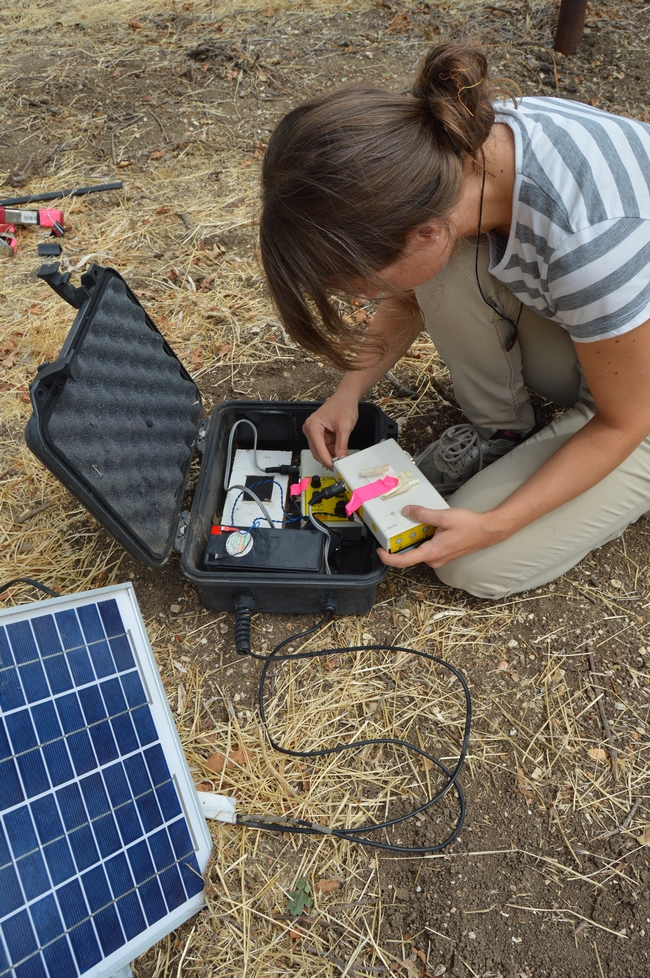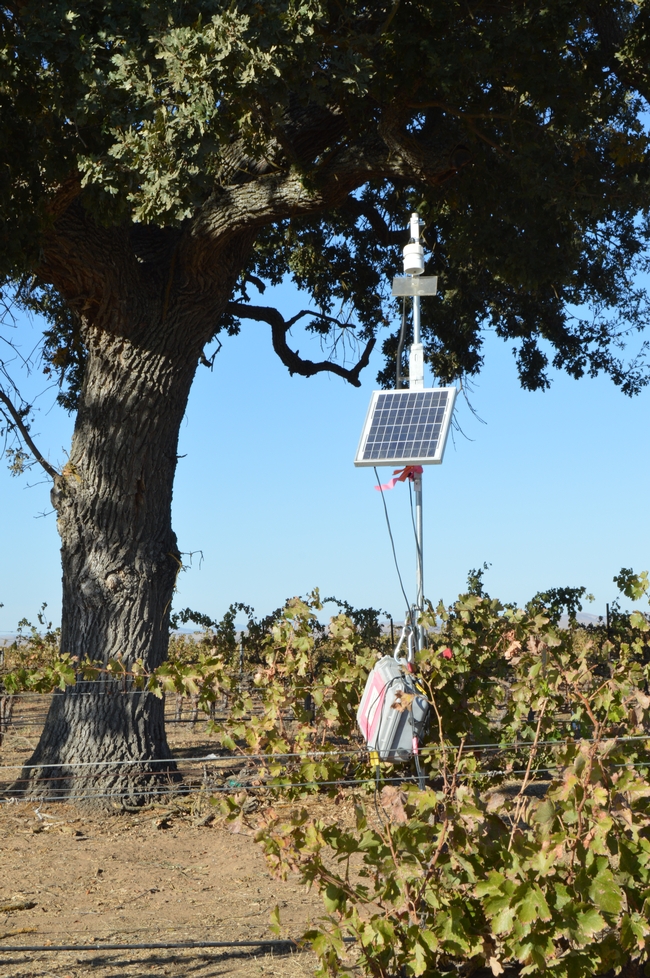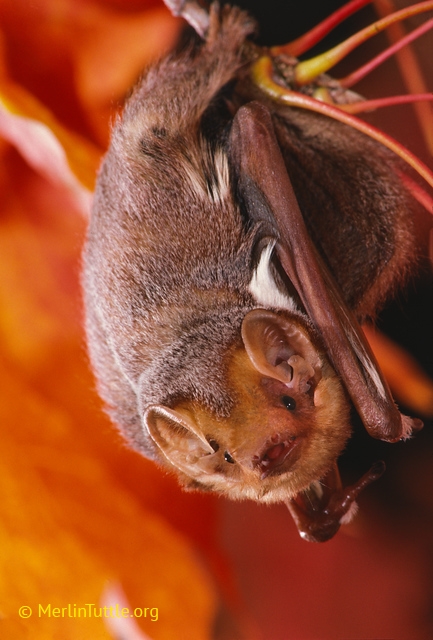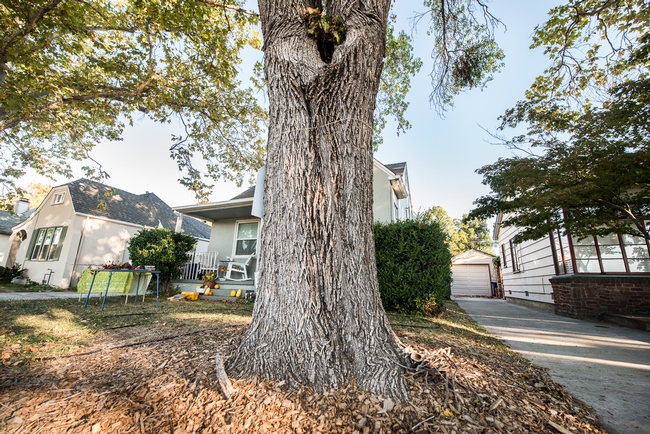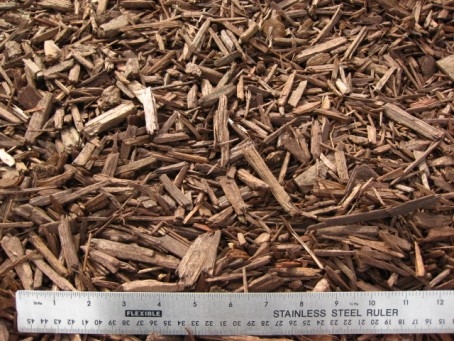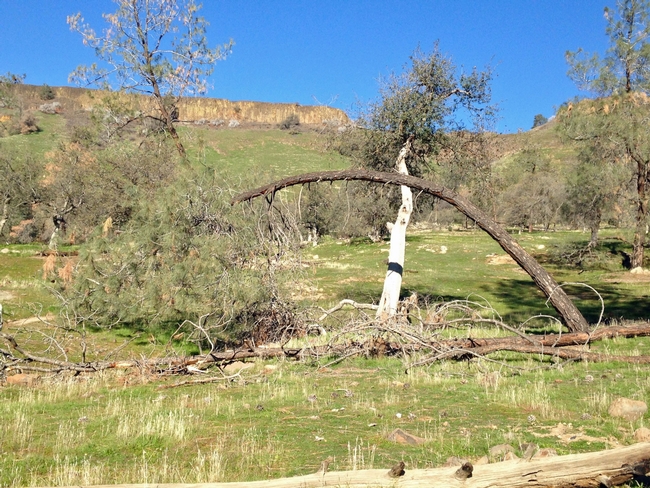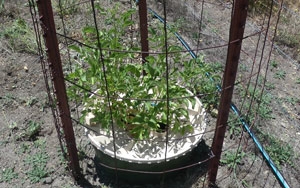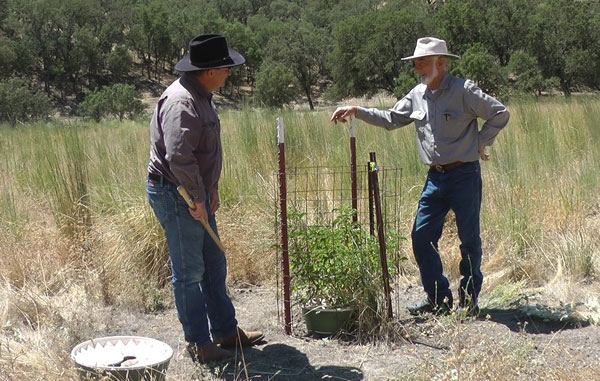Posts Tagged: Bill Tietje
Curious about oaks? Find answers on new UC Oaks website
Oak trees are iconic in California's landscape. Just about anything you would like to know about caring for the state's 8 million acres of oak woodlands is now accessible to the public online. University of California Cooperative Extension scientists have updated the UC Oaks website at https://oaks.cnr.berkeley.edu with oak ecology, management and oak woodland conservation information based on over 30 years of research.
“On the home page, we have highlighted oak topics – such as oak planting, oak ecology and rangeland management – that have been of special interest to website users,” said Bill Tietje, UC Cooperative Extension natural resources specialist at UC Berkeley, based in San Luis Obispo.
About 80% of the oak woodlands in California are privately owned, with the majority used for grazing, primarily by beef cattle.
“We added some of the latest UC oak research and plan to promote the website to groups who have not historically used it, in particular, the ranching community,” said Devii Rao, UC Cooperative Extension livestock and natural resources advisor for San Benito, Monterey and Santa Cruz counties. “It is essential that landowners and managers have the tools they need to maintain healthy trees and conserve large-scale oak woodlands.”
Development policy, livestock management on rangelands, urban oak care, oak regeneration, effects of wildfire on oaks, wildlife and threats to oak woodlands are featured on the website.
Since its creation in 1995 by emeritus UC Cooperative Extension specialist Rick Standiford, the website, originally called UC Oak Woodland Management, has been a valuable educational resource, with an average of 45,000 visitors annually.
Updating and redesigning the website for mobile devices was funded by a Renewable Resources Extension Act Capacity Grant received by Tietje, Rao and Luke Macaulay, UC Cooperative Extension specialist rangeland planning and policy specialist at UC Berkeley. They worked with a professional designer to improve the website's functionality and visual appeal, and will continue to add new information.
To increase user friendliness, the UCCE team created links at the top of the UC Oaks home page for its three primary target audiences: homeowners, land-use planners and ranchers.
If you can't find an answer, click the “Ask an Oak Expert” button to submit your question and a UCCE oak expert will reply.
“With its new look and expanded reach, we hope that the website will be a one-stop shop for everything people need to know about oak woodland conservation and management,” said Rao, who manages the website.
Oaks in vineyards a ‘win-win’ for bats and growers
Californians love their oak trees. During vineyard development, Central Coast grape growers often feel compelled to leave an old iconic oak standing, even if it ends up right in the middle of their vineyard. While driving through the Central Coast, it's not unusual to see the pattern of vineyard rows broken by a majestic oak tree. Aside from their beauty, what are some of the ecosystem services that these majestic trees provide?
To find answers, a UC Cooperative Extension scientist in San Luis Obispo County collaborated with a U.S. Forest Service scientist to study how bats use blue oak and valley oak trees in vineyards. UC Cooperative Extension specialist Bill Tietje, a co-author of the study, says they focused on bats that eat insects because bat populations have declined dramatically in some areas due to habitat loss and disease. “And bats don't hurt grapes. As a matter of fact, thanks to the huge number of bugs they consume—bats could be very good for a vineyard.”
To understand the potential value of remnant oak trees for insectivorous bats, the researchers placed microphones to detect bat calls within 14 Central Coast vineyards. The recordings revealed 11 species of insectivorous bats foraged within the vineyards and bat foraging activity was 1.5 times greater at the trees compared to open, tree-less areas within the vineyard. And the bigger the tree, the bigger the number of bats it attracted.
“The study results suggest that the large oak tree in my vineyard not only increases the beauty and biodiversity of the agricultural landscape, but also attracts insect-eating bats that can provide natural pest control—a win-win,” said grape grower Jerry Reaugh, who cooperated with the researchers.
In fact, the presence of insectivorous bats called woodland-adapted bats more than doubled within the vineyards with trees. The study indicates that the oak trees attracted woodland-adapted bats that would normally be absent from vineyards.
Tietje hopes that the free insect-reduction services provided by bats will increase grape growers' incentive to manage and maintain the trees, and even to plant new oak trees in suitable areas around their vineyard, in mutual benefit to both agriculture and biodiversity.
“In addition to their value for insectivorous bats, remnant trees maintain bird and insect diversity by providing food, habitat, cover and stepping stones that facilitate the movement of wildlife within agricultural landscapes,” said Tietje.
This study comes at a time when declining blue oak and valley oak populations are of great concern.
“We hope the study will increase awareness of these beautiful and beneficial trees and make the case for conservation and restoration,” Tietje said. “Preserving and enhancing biodiversity in the midst of climate change is key to ensuring resilience in our landscapes and communities.”
Help an oak tree tolerate severe drought
With California's continuing drought, many trees are showing signs of water stress. UC Agriculture and Natural Resources tree experts have been hearing from homeowners who are concerned about the effects of the drought on valued oak trees in their landscapes.
“Concern has grown since severely stressed and even dead oak trees are becoming common observances,” said William Tietje, UCANR Cooperative Extension area natural resources specialist based inSan Luis Obispo County. “People are asking, ‘What can I do to help?'”
“Three options come to mind: deep water, mulch or do nothing,” said Tietje. Below, he and Steven Swain, UCANR Cooperative Extension environmental horticulture advisor for Marin and Sonoma counties, discuss the advantages and disadvantages of each option.
Deep Watering
Q: Should oak trees be watered?
If the soil under your oak 12 to 18 inches down is dry and crumbly, the oak is out of water. A deep watering will invigorate the drought-stressed tree. Perhaps it seems ill-advised to water an oak tree during a drought. But think about it a minute. If you lose the oak, you lose substantial aesthetic and property values. Also lost are the many ecosystem services provided by this “keystone” structure, such as shade, soil nutrients, wildlife habitat and biodiversity. These take a very long time to replace.
Q: How do I deep water?
Deep watering of the drought-stressed tree is accomplished by moving a hose under the canopy of the tree during the day for one or two days at a low flow or trickle, such that the water percolates into the soil. Do this once or twice during the summer to early fall with at least a month between watering to allow the soil to dry, reducing the likelihood that fungi will attack the tree roots.
Mulching
Q: Why mulch?
A prudent approach to the current drought and the maintenance of tree health is to conserve existing soil moisture as much as possible. Mulching under the tree helps to control moisture by keeping the soil cool and suppressing weed growth. Mulching also adds valuable soil microorganisms.
Q: Does mulch need to be composed exclusively of oak leaves and twigs?
A: No—Although the best mulch is the oak's natural leaf litter, other plant-based mulches can provide a similar benefit. In fact, there may be some advantages to having other plant components in the mulch.
Q: Can commercially available mulch provide the benefits of natural oak mulch?
A: Yes—Most any plant-based, commercially available mulch should be fine, especially mulches that are derived from multiple sources, such as municipal green-waste that has been composted. Composting allows some of the more reactive compounds that may be present in the mulch to be broken down by heat, chemical and biological means. There isn't necessarily a problem with using a single-source mulch (e.g., grape pressings, nitrolized sawdust [nitrolization allows nitrogen to remain available to the plant]), but because single-source mulches lack the variety of densities, chip sizes and nutrient compositions typically found in multiple-sourced mulches, there is a somewhat greater risk of problems using single-source mulches. Commercial compost may be listed as green-waste compost. The best recipe is 1 to 2 inches of compost overlain with 2 inches of coarsely chopped fir, redwood bark or wood, totaling 3 to 4 inches of mulch. Cover the area under the tree canopy at least up to the drip line. Don't mound the mulch against the tree trunk.
Q: Should mulch be mixed into the soil?
A: No—Although the oftentimes repeated advice that mixing mulch into the soil can cause a nitrogen shortage is mostly a myth, there are other reasons for not incorporating the mulch into the soil:
- The process can cause root damage to existing plants
- The process can degrade existing soil structure
- Organic matter breaks down over time, and in the process causes the soils in which it has been mixed to eventually shrink in volume. This is fine in some instances, but it can spell disaster if one has incorporated mulch into soils that were placed beneath sapling trees, for instance. In this case, the soil under the tree will shrink in volume, and the tree will sink into the soil. Water then pools around the base of the tree, and the tree eventually develops root rot.
Because mulches are incorporated naturally into soils by earthworms, springtails, and microorganisms, the benefits of digging mulches into the soil are pretty much balanced by the liabilities. In short, save yourself the work. Put the mulches on the ground and let the earthworms do the work for you.
Q: Is there any mulch that is categorically unacceptable?
A: Common sense should prevail—Coarsely chopped bark, wood and leaves is probably the best composition for a mulch, and that same material composted is about as ideal as one can get. The very best are oak leaf mulches, which exist, but are quite pricey and are typically derived by stripping wild oaks of their natural mulch base. Even less-than-ideal source material, such as eucalyptus leaves or black walnut roots, can be safely used if properly composted.
Q: If oak trimmings and dead leaf fall from native oak trees are used for mulch, is the presence of termites or the spreading of oak bark beetles a concern?
A: No—Termites do not live (for long) in wood chips. They require contiguous, solid wood to form colonies. The spread of termites in wood chips, or even in small branches, is therefore a non-issue. Every spring, summer and fall, oak bark beetles actively hunt stressed oak trees in central coast woodlands, and will find them from miles away. Worrying about spreading any of the various bark beetles that can attack oaks is a little like worrying about getting salt spray at the beach. They've been here for millions of years before us, and they'll likely be here millions of years after we're gone. That said, you may not want to encourage large colonies in your back yard by, for example, stockpiling large amounts of beetle infested firewood right beneath an oak tree.
Doing nothing
If your tree appears healthy, with dense and green leaves over at least most of the canopy, it could be best to do nothing. In other words, “If it isn't broken, don't fix it.” Give proper considerations for the use of water during the current severe drought, and mandatory water-use restrictions, and deep water only if the tree shows symptoms of severe stress.
On the Central Coast, the predominant native oak trees are valley oak and blue oak, which drop their leaves in the winter, and the evergreen coastal live oak. Keep in mind that the two deciduous oaks, blue oak and valley oak, can respond to drought by undergoing leaf browning and leaf fall as early as July. This is a natural mechanism that the tree has evolved for water conservation. The tree is not dead and should be fine. All else considered, mulching that includes a green waste compost as described above could well be the most appropriate solution. Mulch conserves water as opposed to using water for deep watering, and mulching can improve important soil properties.
For more information, visit the UC Cooperative Extension San Luis Obispo County website http://cesanluisobispo.ucanr.edu and the UCANR oak woodland management website http://ucanr.edu/sites/oak_range.
Rain helps rangeland trees and grasses begin recovery
“Water stress renders oak trees more likely to express early leaf browning and to be more susceptible to damage from native and introduced tree pests and diseases,” said Bill Tietje, UC Cooperative Extension natural resources specialist. “One or more of these (drought years) could be the last straw for an already stressed tree.”
Recent rain has helped, but trees on shallow soil or on warm, south-facing hillsides are especially vulnerable.
“We are getting many reports of trees that are on the way out or are dead,” Tietje said. “The drought is certainly weakening many trees, and those that are old or have oak worm are dying.”
The Tribune reported that stressed valley oaks have a tendency to drop limbs or for the whole tree to drop, according to a report by Mary Bianchi, UCCE advisor and director in San Luis Obispo County. This happens because the tree closes its pores to conserve water while its roots continue to soak up what water they can.
“This causes water to build up in the trunk and limbs,” Bianchi wrote. “Apparently, the extra weight can cause limbs and maybe the whole tree to break, by some reports as though the tree exploded.”
Rangeland grasses are greening the foothills
The grassy surface of rangeland is faring better, reported the Modesto Bee. Abundant rain in December brought new growth to rangeland that has suffered badly in three years of drought.
“This December has been great for growing grass, lots of moisture and warm temperatures,” said an email from Theresa Becchetti, a UCCE livestock and natural resources advisor in Stanislaus County. “I'm not counting any chickens before they hatch, though.”
UCCE studies a Dutch invention for regenerating trees and shrubs on oak woodland
For more than 100 years, Californians have been concerned about inadequate regeneration of trees and shrubs on oak woodlands. Firewood harvesting, agricultural conversions and intensive grazing threaten to convert woodlands into shrub fields or bare pastures.
The beauty of rolling hills studded with majestic oaks, other trees and shrubbery isn't the only reason to regenerate vegetation. The trees and shrubs create a much more hospitable habitat for a wide assortment of wildlife. Oak woodland vegetation also protects the quality of California water. The majority of the state's water flows through oak woodlands in streams and rivers that support fisheries, farms and cities. Plants and trees anchor the soil, preventing erosion and stream sedimentation.
One of the difficulties ranchers face in regenerating trees is supplying water for seedling establishment. Ranches often stretch for thousands of acres. Hauling water to remote sites or installing irrigation can be prohibitively expensive.
Third-generation San Miguel rancher George Work heard about a new tree establishment invention from Holland – a Groasis Waterboxx. Over the years, Work has collaborated with UC Cooperative Extension on oak planting projects and consulted with UCCE experts about squirrel diseases, ranch animal vaccinations and pasture management. He turned to UCCE natural resources advisor Royce Larsen for his thoughts on the Waterboxx.
“Because of Royce here, our Cooperative Extension agent, he provided a little added incentive when I wanted to try this thing,” Work said. “Royce said, ‘I'll help you.' Well, that was enough to get the job done.”
Work, Larsen and UC Cooperative Extension natural resources specialist Bill Tietje installed 10 Waterboxxes, which cost about $30 each, in a remote area of the 12,000-acre Work Ranch in southern Monterey County. Other plant regeneration methods – including traditional drip irrigation and tree teepees – were also installed for comparison.
The Waterboxx is a round plastic hat box-shaped reservoir that fits around the seedling trunk. When the seedling is planted, the reservoir is filled with about four gallons of water. A rope on the bottom continuously wicks moisture to the plant roots.
The box is covered with an inward-slanting corrugated top that cools during the night and channels condensed dew and fog into the reservoir, keeping it full of water. The Waterboxx provides a protective barrier around the trunk and shades and cools the soil beneath. At the Work Ranch, the plants are also enclosed in bale-wire fence to keep out wildlife poking around for water or hungry for tender green growth.
“The trees are doing surprisingly well," Larsen said. "In just three months, the seedlings have grown more than two feet."
Larsen said he will continue monitoring the project to see if the self-watering system can establish trees. If successful, UC scientists may study the Waterboxx more thoroughly in a replicated research design in Monterey County, San Luis Obispo County and other parts of the state.
See the components of a Waterboxx in the video clip below.
Read a transcript of the video.
Waterboxx


